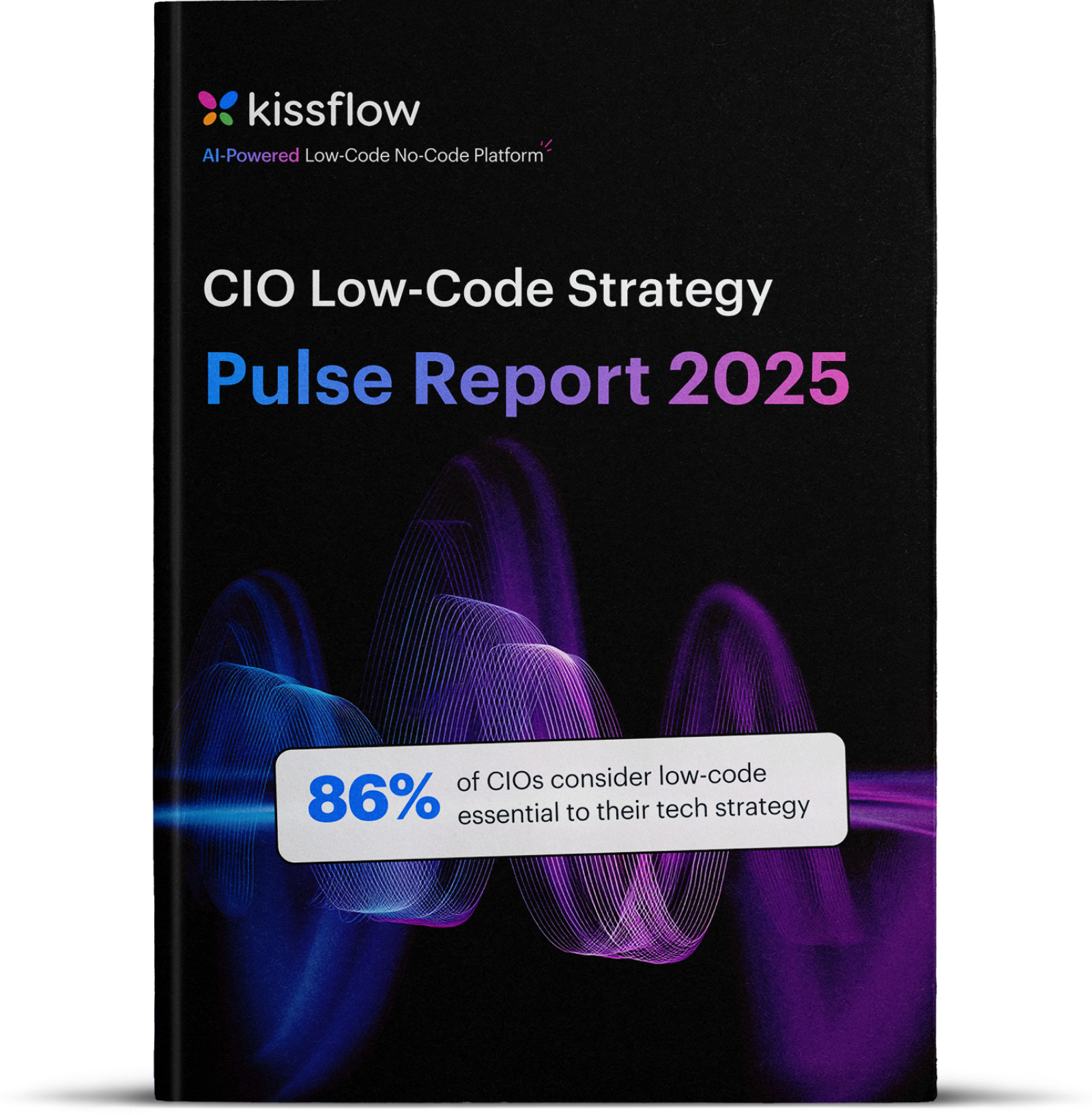
Templates, Plugins, and Marketplace: Building and Selling No-Code Assets
The no-code economy isn't just about building applications for clients. There's a parallel market for the building blocks themselves. Templates, plugins, components, and integrations that other builders need.
This market operates on different economics than client services. Build once, sell many times. No client management. No project scoping. No delivery deadlines. Your work compounds as the user base grows.
Sell templates for no-code platforms
Template marketplaces offer creators access to millions of potential buyers. Platforms like Webflow, Bubble, and others maintain marketplaces where creators sell pre-built solutions. The platforms handle payments, hosting, and discovery. You focus on creation.
The successful templates solve specific, common problems. A restaurant booking system. An e-commerce storefront. A project management dashboard. An employee onboarding workflow. These aren't generic frameworks. They're purpose-built solutions that buyers can deploy and customize.
Quality separates successful templates from abandoned ones. Professional design, clean code structure, thorough documentation, and responsive support create buyer confidence. Template creators with reputations for quality command premium prices and generate consistent sales.
Pricing strategy balances accessibility and value. Templates priced too low signal poor quality and generate minimal revenue. Templates priced too high limit your market. Study what similar templates sell for, then price based on the value delivered rather than effort invested.
The ongoing relationship matters. Buyers expect updates when platforms change, bug fixes when issues emerge, and responses when they have questions. Templates that receive regular updates and active support maintain sales momentum over time. Abandoned templates get replaced by competitors.
Marketing your templates requires different tactics than marketing services. Search optimization within platform marketplaces matters enormously. Use keywords buyers actually search for. Write descriptions that address buyer questions and concerns. Include screenshots and videos that demonstrate functionality.
Build plugins for no-code market
Plugin development offers higher barriers to entry and typically higher margins. Platforms allow developers to extend core functionality through plugins, components, or integrations. These require more technical depth than templates but reach narrower audiences willing to pay more.
Identify gaps in platform capabilities. What do builders frequently request that the platform doesn't provide natively? Custom authentication methods, specialized data transformations, unique UI components, or third-party integrations often represent plugin opportunities.
The technical requirements vary by platform. Some platforms want JavaScript or React components. Others use platform-specific languages or configurations. Understanding the platform's plugin architecture and developer tools is essential before committing to development.
Maintenance burden can be significant. Platforms update regularly, sometimes breaking plugins. You're responsible for keeping plugins compatible and functional. Factor ongoing maintenance costs into your pricing and roadmap decisions.
Distribution channels matter. Some platforms have official plugin marketplaces with quality standards and revenue sharing. Others rely on third-party distribution. Platform-official channels typically reach more buyers but take larger revenue cuts.
Documentation determines adoption rates. Plugins need clear installation instructions, configuration guides, usage examples, and troubleshooting help. Video walkthroughs accelerate adoption since buyers can see plugins working before committing.
No code plugin ecosystem understanding
The ecosystem dynamics differ from traditional software markets. Platform vendors want healthy plugin ecosystems since they extend platform capabilities without vendor investment. This means platforms often promote popular plugins and may even feature them in official communications.
Understand platform vendor relationships. Some vendors actively partner with top plugin developers, providing early access to new features or technical support. Others maintain arms-length relationships. Knowing how the vendor views third-party developers informs your strategy.
Competition increases as markets mature. Early plugin developers face little competition but also smaller user bases. Later entrants face more competition but access to larger user bases. Timing your entry requires balancing these factors.
Platform risk exists. Platforms can add features that compete with popular plugins, effectively killing independent plugin businesses overnight. Diversify across multiple platforms or prepare for platform vendors to potentially build competing solutions.
Community engagement accelerates adoption. Active participation in platform forums, user groups, and social channels builds awareness and trust. Plugin creators who help users solve problems earn goodwill that translates to sales.
No code marketplace strategy
Standing out in crowded marketplaces requires strategic thinking. Niche focus often beats broad appeal. A template specifically for fitness trainers competes with fewer alternatives than a generic business template. Targeting specific verticals or use cases helps you dominate smaller markets.
Visual differentiation matters enormously. Marketplace listings compete through screenshots and preview content. Professional design, clear demonstration of capabilities, and visual appeal drive click-through rates. Invest in quality preview assets.
Social proof compounds over time. Early buyers leave reviews that influence later buyers. Focus intensely on delivering value to initial customers and requesting reviews. Positive review momentum creates flywheel effects.
Bundling increases average transaction size. Rather than selling individual templates, offer starter kits with complementary templates and components. Buyers perceive higher value, and you earn more per transaction.
The free version build an audience. Offer basic versions or limited templates for free to demonstrate quality. Users who adopt free versions often upgrade to paid templates when needs expand. The free tier serves as marketing for premium products.
Update cycles maintain relevance. Templates that haven't been updated in months or years look abandoned. Regular updates with new features or improved designs signal active maintenance and justify ongoing promotion.
How Kissflow helps
Leverage popular no-code marketplace providers offering pre-built templates and plugins that simplify the development of apps and workflows.
While Kissflow operates as a platform rather than a marketplace, the principles of reusable solutions apply. Organizations building with Kissflow can create template workflows and processes that serve as starting points for other teams or departments.
Internal template libraries accelerate development across organizations. When one team solves a problem, documenting that solution as a reusable template helps other teams move faster. This internal marketplace of best practices drives adoption and consistency.
For partners building Kissflow solutions, creating industry-specific templates and accelerators provides competitive differentiation. Rather than starting every client engagement from scratch, deploy proven templates that you customize for specific needs.
FAQs:
1. How can developers and creators monetize no-code templates?
Monetize through platform marketplaces with one-time purchase pricing ($50-$5,000), subscription licensing ($10-$500/month), usage-based pricing, or freemium models. Beyond marketplaces, establish independent businesses selling through your website, offering customization services, building vertical-specific solutions, and creating template bundles. Hybrid consulting models combine template sales with implementation services, training courses, and maintenance subscriptions. Maximize revenue by identifying high-demand use cases, building comprehensive documentation, showcasing ROI metrics, maintaining template compatibility, and building personal brand through content marketing. Some creators scale by building teams developing portfolios across multiple platforms.
2. What types of templates or plugins are in highest demand?
Process automation templates top the list: employee onboarding, expense management, purchase orders, customer support routing, invoice processing, and contract management. Data collection templates include customer surveys, event registration, audit checklists, compliance documentation, and lead capture. Dashboard templates for KPIs, performance scorecards, project tracking, and sales forecasting are highly demanded. Industry-specific templates command premium pricing: healthcare patient intake, financial risk assessment, manufacturing maintenance, and retail inventory. Integration connectors for popular SaaS platforms, payment gateways, e-signature services, and document generation are valuable. Component libraries with customized UI components, calculation engines, validation rules, and templates save significant development time.
3. Do enterprises use marketplace assets or prefer custom builds?
Enterprises increasingly leverage marketplace assets for common business processes, rapid prototypes, development acceleration, departmental applications, and filling capability gaps. The economic case is compelling—a $2,000 template saving 40 development hours represents dramatic ROI. However, enterprises prefer custom builds for core processes representing competitive differentiation, unique workflows, deep integration with proprietary systems, highly regulated applications, and large-scale systems needing specific performance. A hybrid approach is most common: using marketplace assets as starting points then customizing workflows, integrating enterprise systems, enforcing security requirements, and adding proprietary logic. The trend is toward "template-first" approaches—evaluating marketplace options before custom development, recognizing proven patterns reduce risk and accelerate delivery.
4. How secure are marketplace components for enterprise use?
Security varies significantly. Leading platforms implement marketplace controls: mandatory security reviews, automated vulnerability scanning, publisher verification, sandboxed execution, and permission disclosure. They maintain update mechanisms, user ratings, and removal procedures. However, enterprises should conduct their own due diligence: review component permissions, examine source code if available, validate publisher credibility, test in isolated environments, and monitor behavior with SIEM tools. Key risks include data exfiltration, credential theft, dependency vulnerabilities, insecure integrations, and abandoned components. For high-security environments, enterprises restrict to vetted approved lists, require security assessments, prefer verified enterprise publishers, implement data masking for testing, and maintain component inventories. Treat marketplace components like any third-party software—conduct vendor risk assessments proportional to data sensitivity.
5. What revenue models work best for selling no-code assets?
One-time purchase pricing ($50-$5,000) works for self-contained templates not requiring ongoing updates. Subscription/SaaS models ($10-$500/month) generate recurring revenue for templates needing regular updates or ongoing support. Tiered pricing optimizes for segments: free basic, standard ($99-$499) for SMBs, professional ($500-$1,500) with advanced features, and enterprise (custom pricing) with unlimited users. Usage-based pricing aligns cost with value for transaction-volume-dependent applications. Implementation services supplement product revenue: base template purchase plus service packages ($5K-$50K+), hourly consulting ($150-$300/hour), training programs, and maintenance contracts. Freemium strategies offer basic templates free with premium upgrades. Optimal models depend on asset complexity, target customer size, and support requirements. Many successful creators use hybrid approaches combining base subscriptions with usage tiers and professional services.
Turn your no-code expertise into scalable template assets that generate ongoing revenue.
Related Topics:
- Backends & APIs for No-Code: Bridging Logic, Data & UI
- Monetizing No-Code Skills: Freelancing, Agencies, and Side Projects
- No-Code Ecosystem: Platforms, Integrations, and Community Trends
Related Articles











